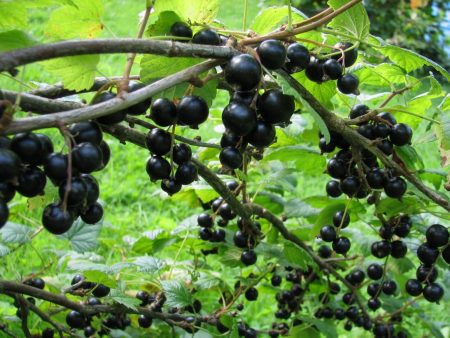 Often there is a need for transplanting currant bushes. This is due to the fact that overgrown trees interfere with the bushes, the ground under the bush has been depleted and has lost useful substances necessary for the full growth of the bush and fruits. It is about how and when it is better to transplant currant bushes, we will tell today in our article.
Often there is a need for transplanting currant bushes. This is due to the fact that overgrown trees interfere with the bushes, the ground under the bush has been depleted and has lost useful substances necessary for the full growth of the bush and fruits. It is about how and when it is better to transplant currant bushes, we will tell today in our article.
Experienced gardeners claim that it is better to transplant currant bushes in the fall 3-4 weeks before the onset of frost. In this case, the plant is better taking root in a new place, and next season it already gives a small crop.
To start work, you need to prepare the necessary equipment and fertilizers. From the inventory you will need a shovel, a bucket for irrigation and a pruner.
Answering the question of how to transplant currants in autumn to a new place, gardeners pay great attention to choosing a place for planting and preparing the soil. First of all, you need to pay attention to the fact that currant is a light-loving plant, so when choosing a place, you need to avoid dark places. The distance between the bushes must be calculated so that one plant does not remain in the shadow of another.
The main soil requirement is moderate moisture. If the site is located near groundwater or in wetlands, the creation of drainage in the form of rubble and sand is recommended. In preparation for planting, the site must be dug up to remove the roots of weeds and old plants.
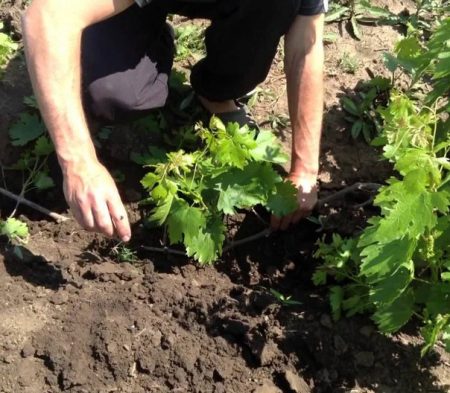
The next step in the transplantation of currant bushes is the preparation of the hole. The size of the hole should correspond to the root system of the plant, but the depth of the hole should be at least 30-40 cm. This contributes to the development of lateral root processes. A well-developed root system allows the plant to receive more moisture and nutrients from the soil.
For the quick and full development of the bush, in addition to drainage, which was mentioned above, the soil must be fertilized with humus, wood ash and sulfate fertilizer. For full development, currants need a large amount of substances contained in sulfate fertilizers, so at least 150 grams must be added to the hole.
Also, before planting a plant, the earth needs to be abundantly watered. However, it is not worth planting a plant in water, you need to wait until the water is absorbed, and the soil remains well moistened. Then, you need to prepare the plant, for this, carefully remove the pest larvae and rotted root processes from the roots of the bush.
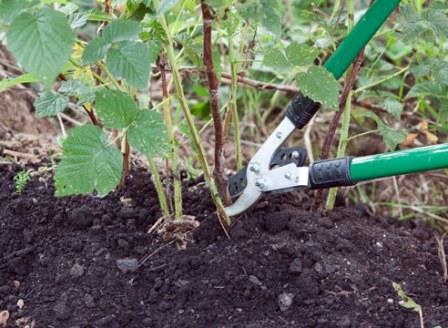
In order for the bush after transplanting to have enough nutrients and moisture, the bush needs to be trimmed so that its height is 45-50 cm. When the bush is planted, it needs to be watered again. It is recommended to create a good hole around the bush, because after planting, despite the low air temperature, the plant should be abundantly watered for 2-3 weeks, but no more. Otherwise, it can lead to deterioration and decay of the root system.
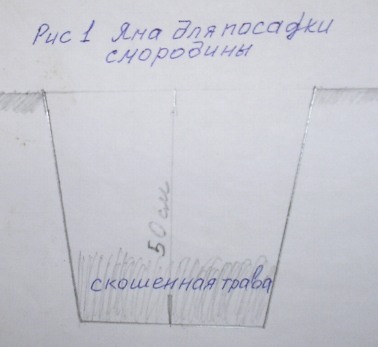
After planting, special attention should be paid to processing the vegetative mass of the plant. It is necessary to remove all diseased branches and processes. Trim twisted and twisted twigs. Only the shoots that are healthy and clearly directed to the top remain, otherwise it will be difficult for the plant to take root, which in turn will inhibit its development. Even with abundant watering and fertilizer, more than 8-10 shoots should not be left. Experienced gardeners recommend planting several cloves of garlic around the bush. It will rise in the spring and protect the bush from the attack of insects.
The first year after planting currants behind a bush, careful care is required. Care must be taken to ensure that the soil does not dry out and fertilize the plant. To get the first crop, you need to pay a lot of attention to the planted plant.
Surely you still have strawberries growing on the plot, so today we will find out how to transplant strawberries in the fall.


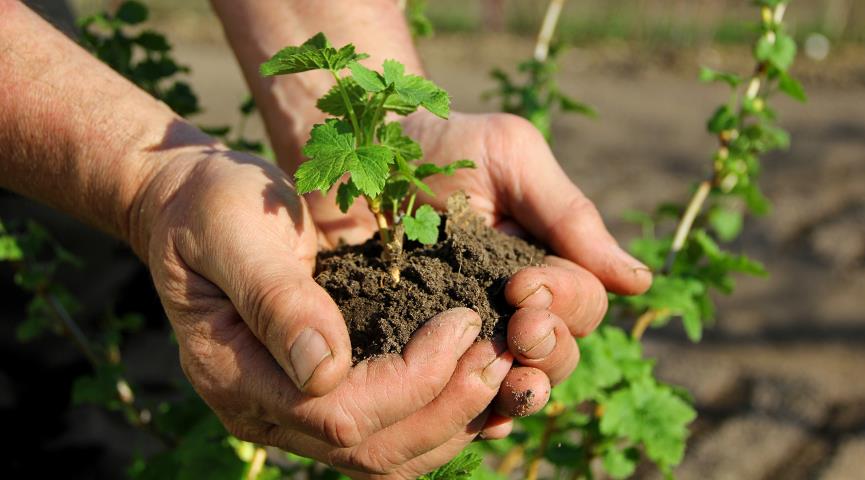
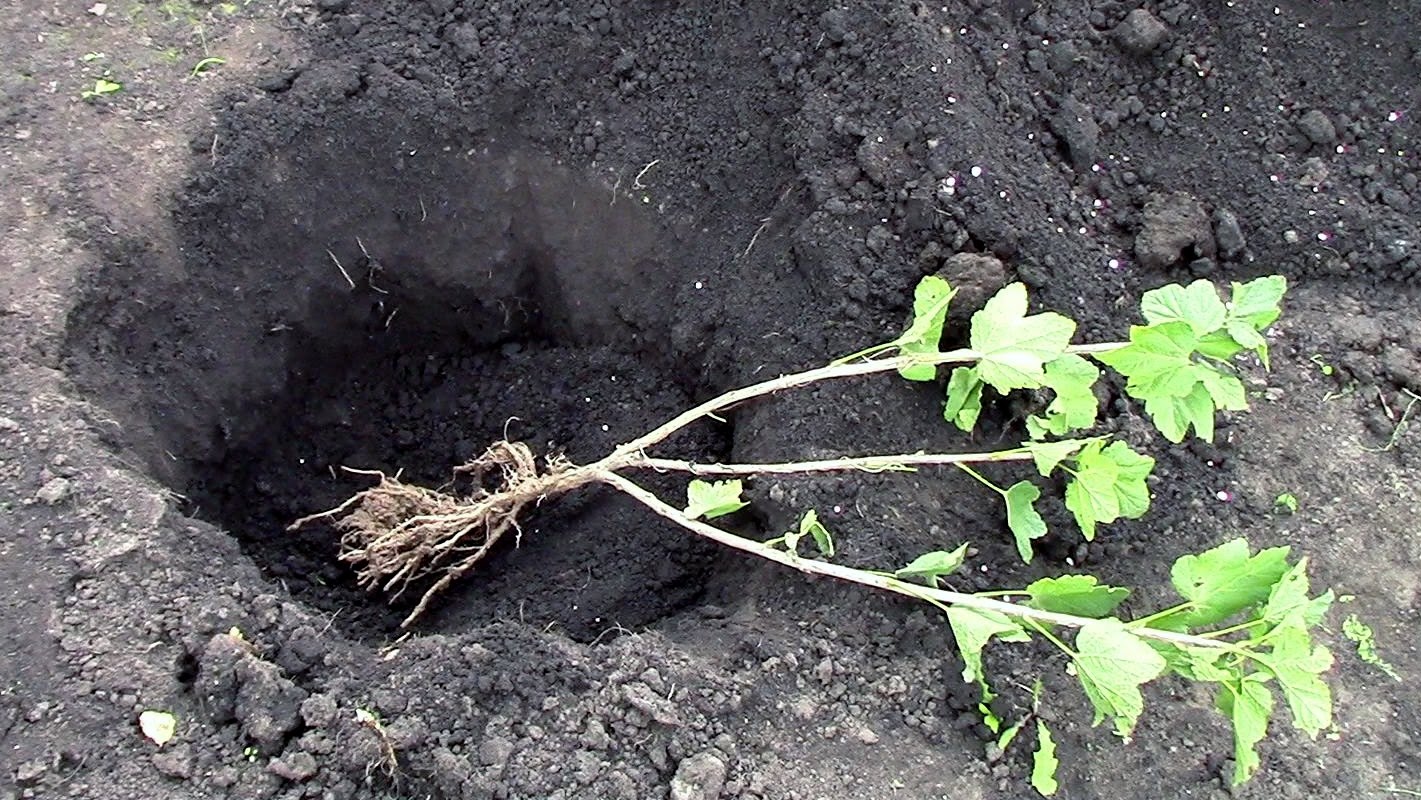
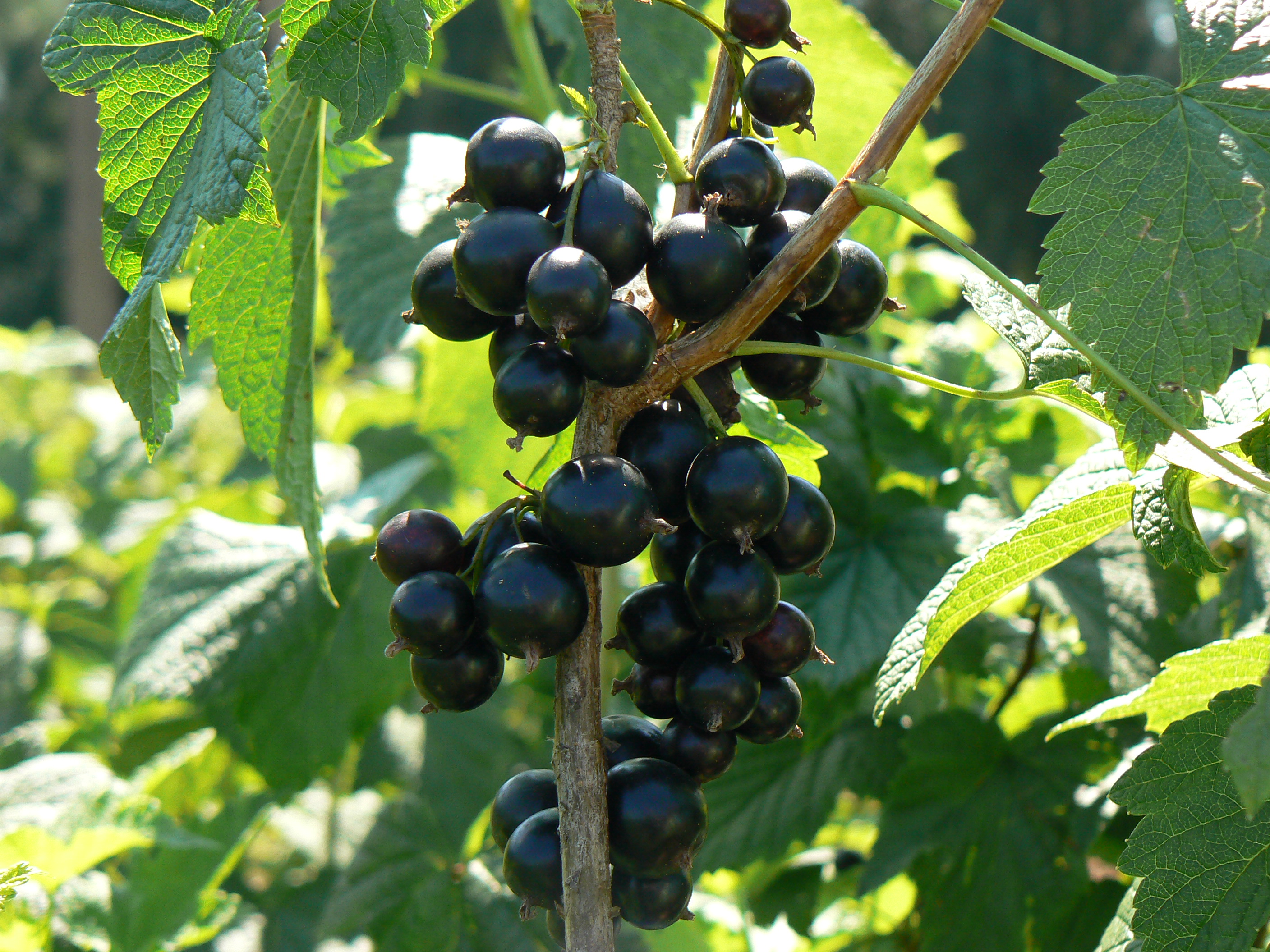 Blackcurrant: pruning in autumn, rejuvenation of the old bush, preparation for winter
Blackcurrant: pruning in autumn, rejuvenation of the old bush, preparation for winter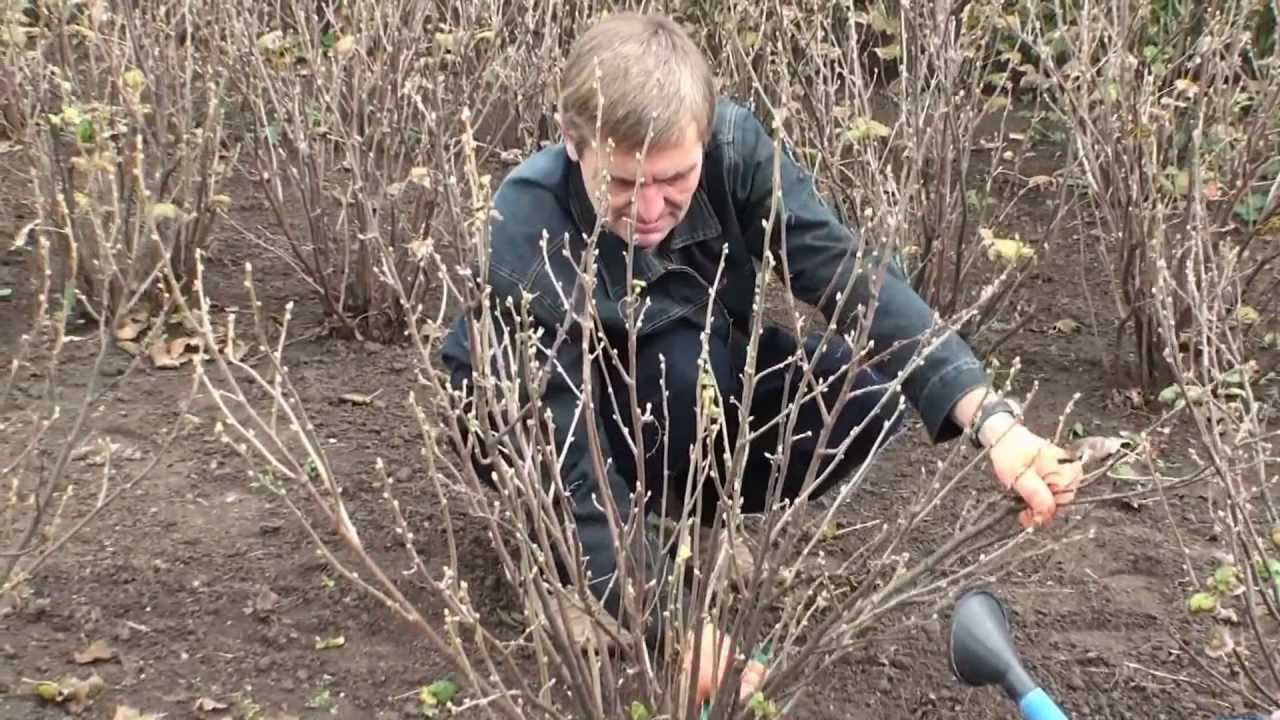 Autumn currant pruning scheme for beginners
Autumn currant pruning scheme for beginners Currant care in autumn and preparation of bushes for winter
Currant care in autumn and preparation of bushes for winter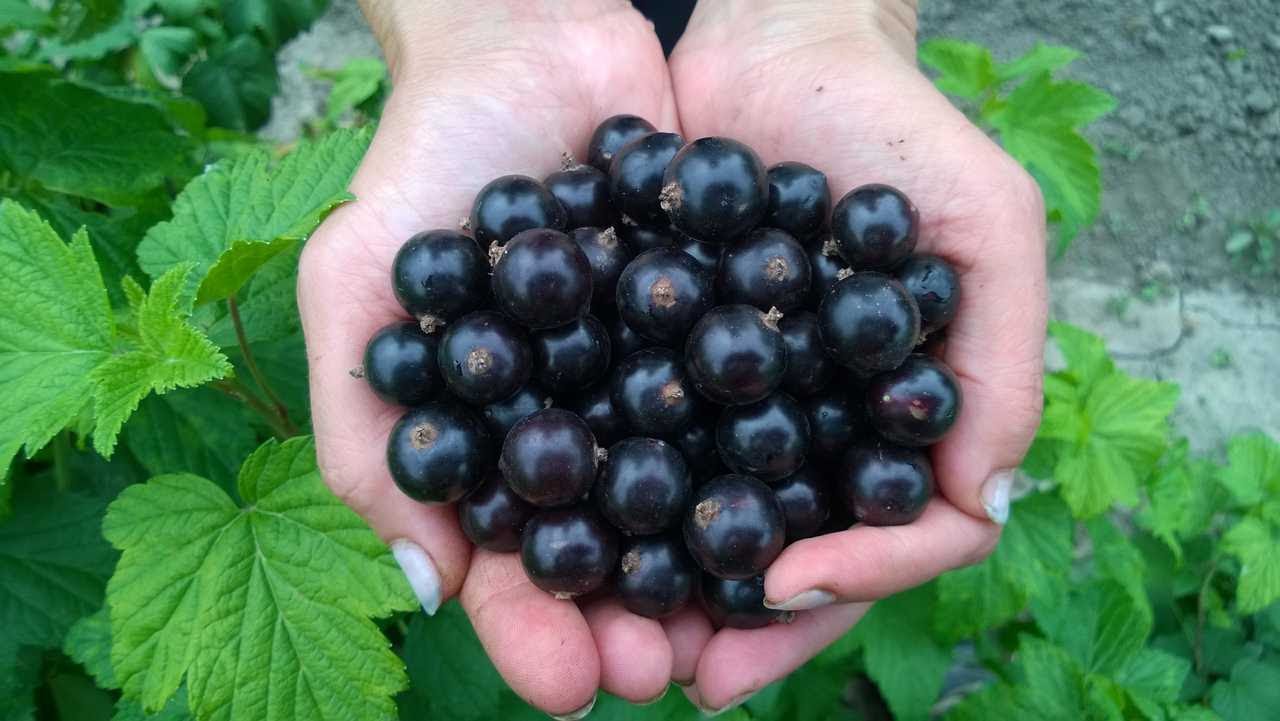 It's time to feed the currants - the best feeding
It's time to feed the currants - the best feeding